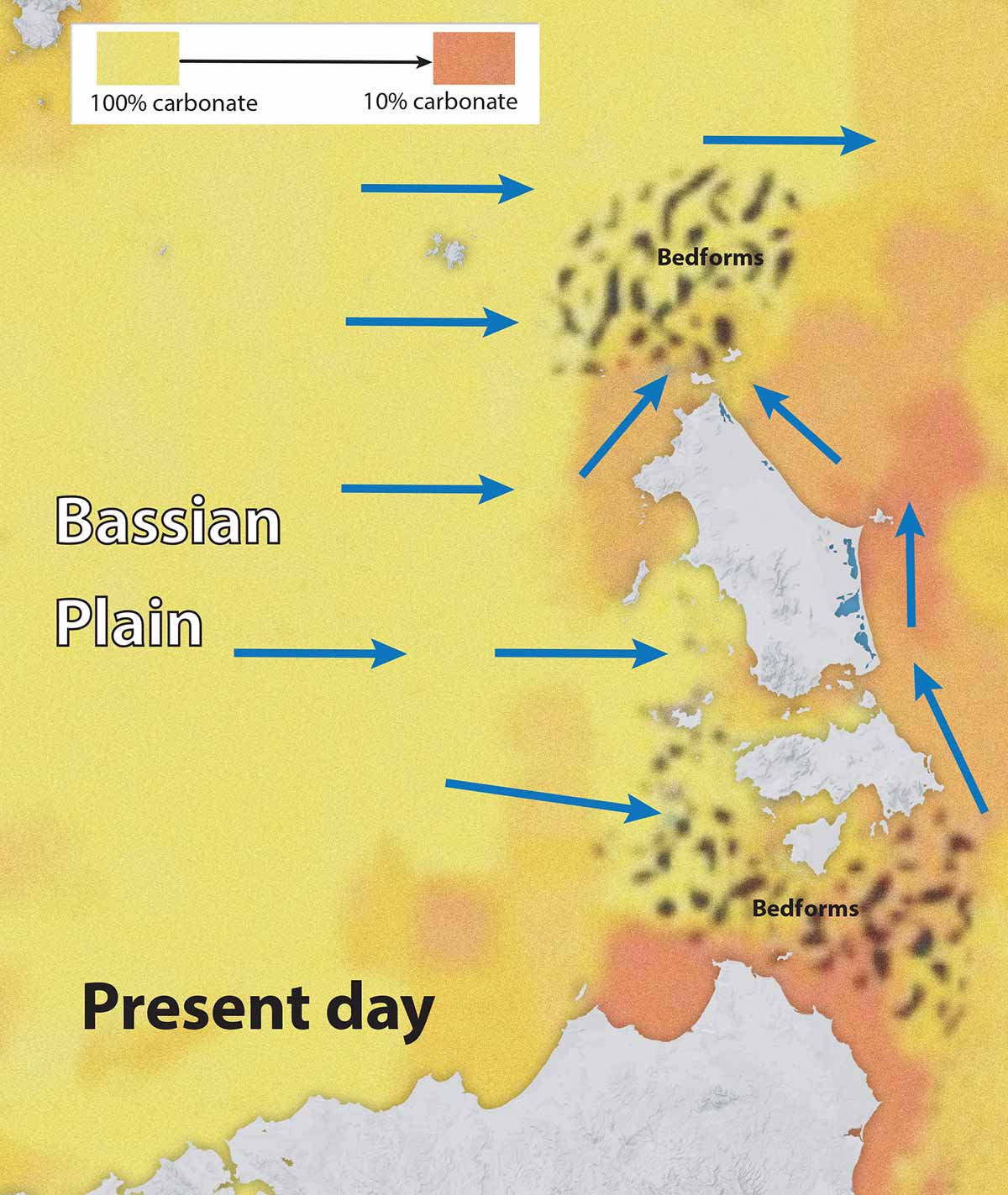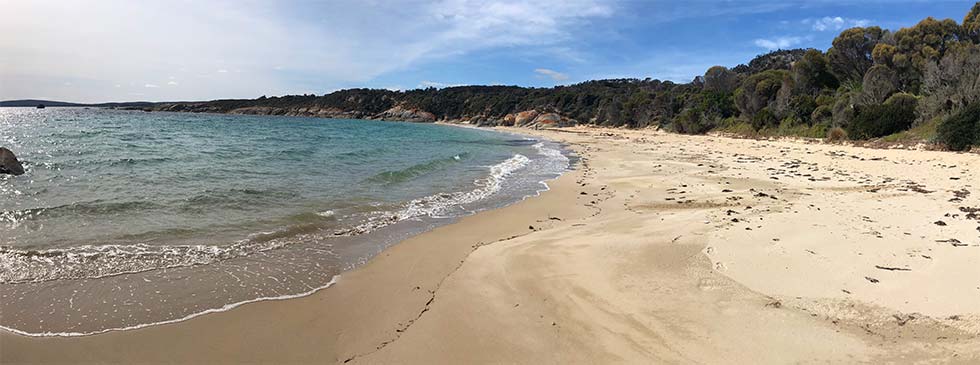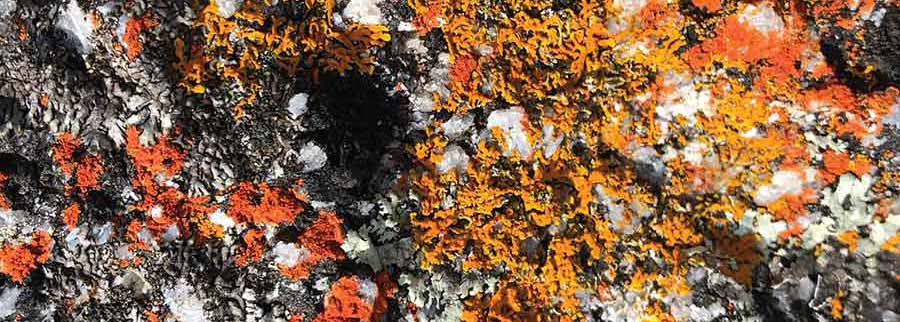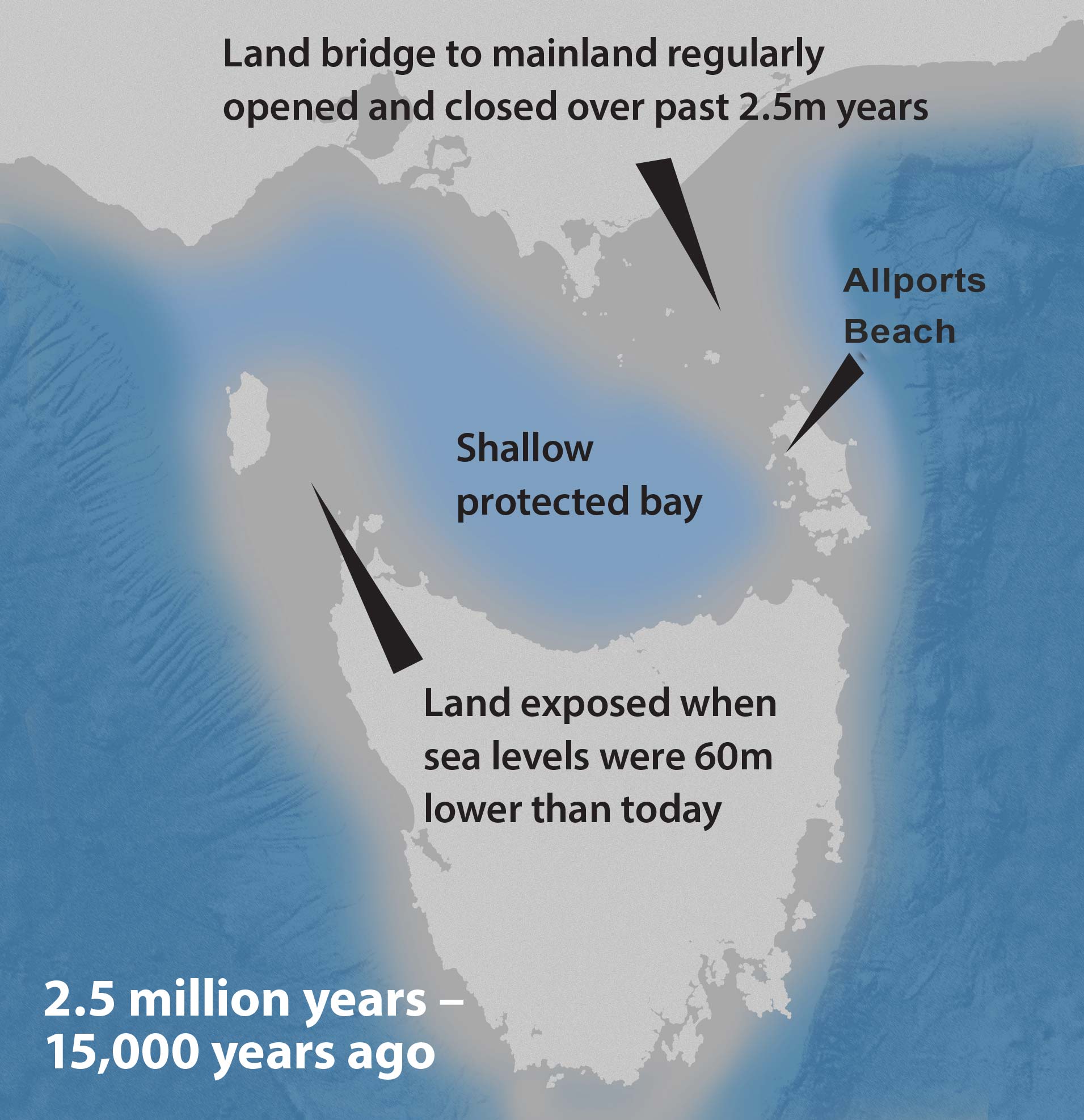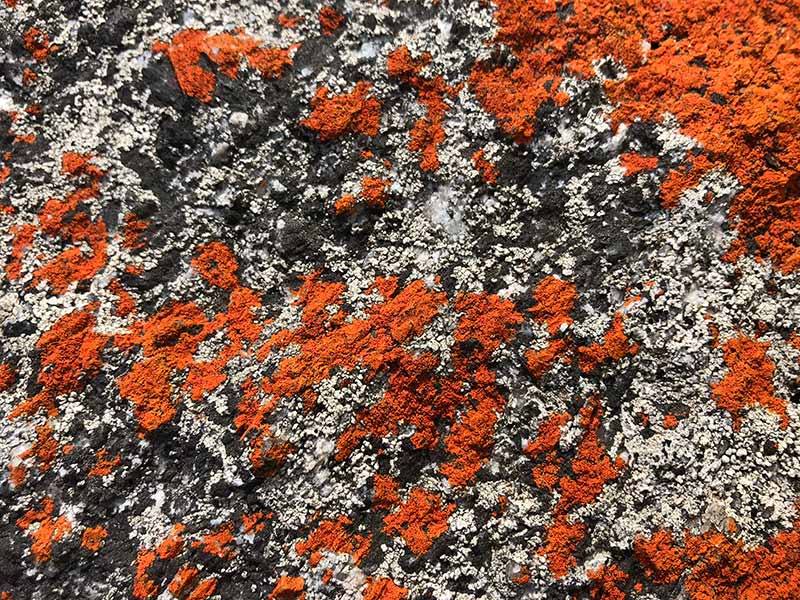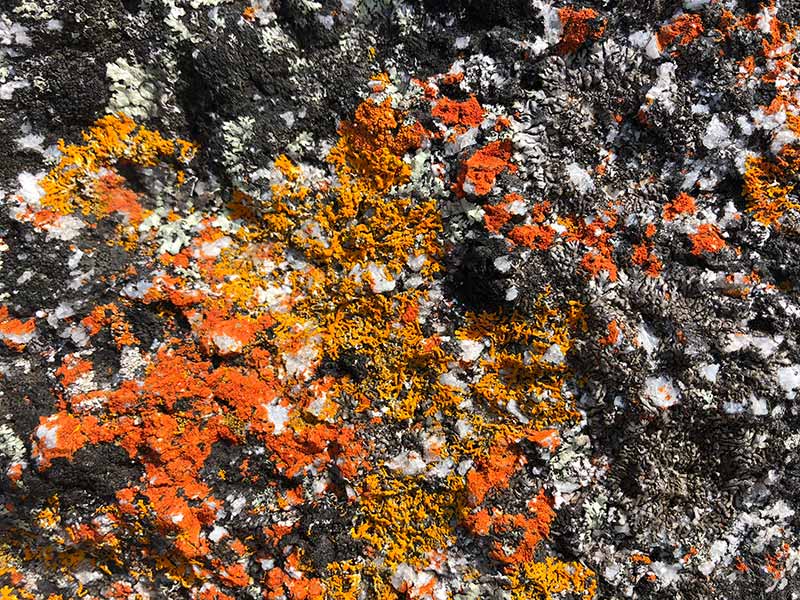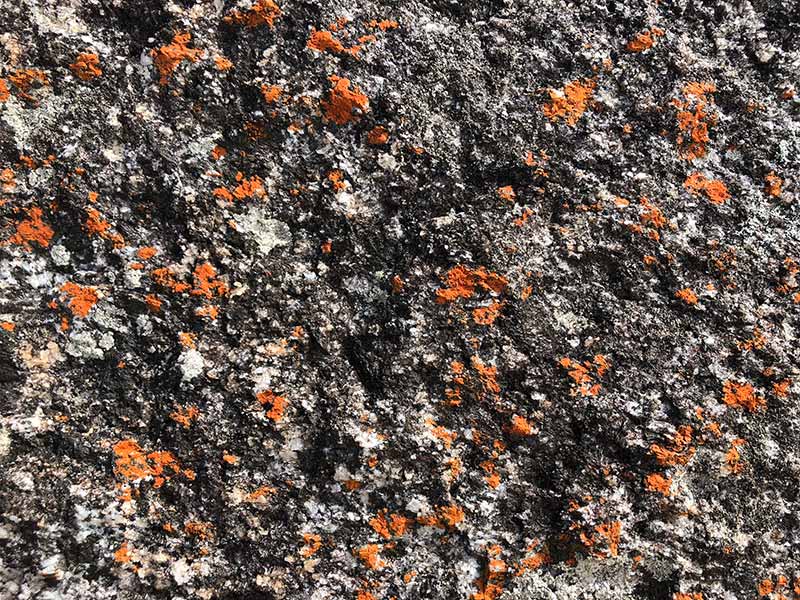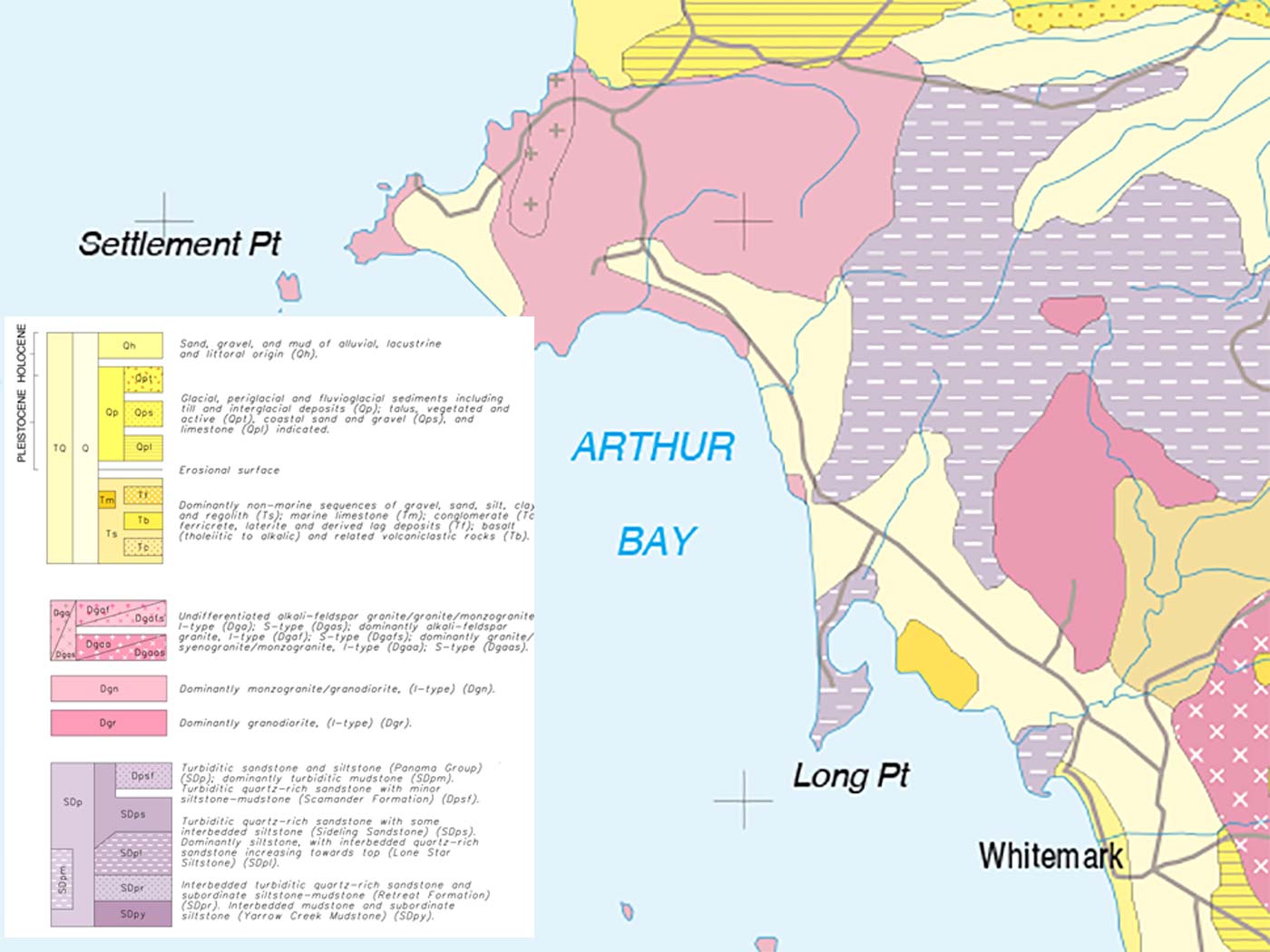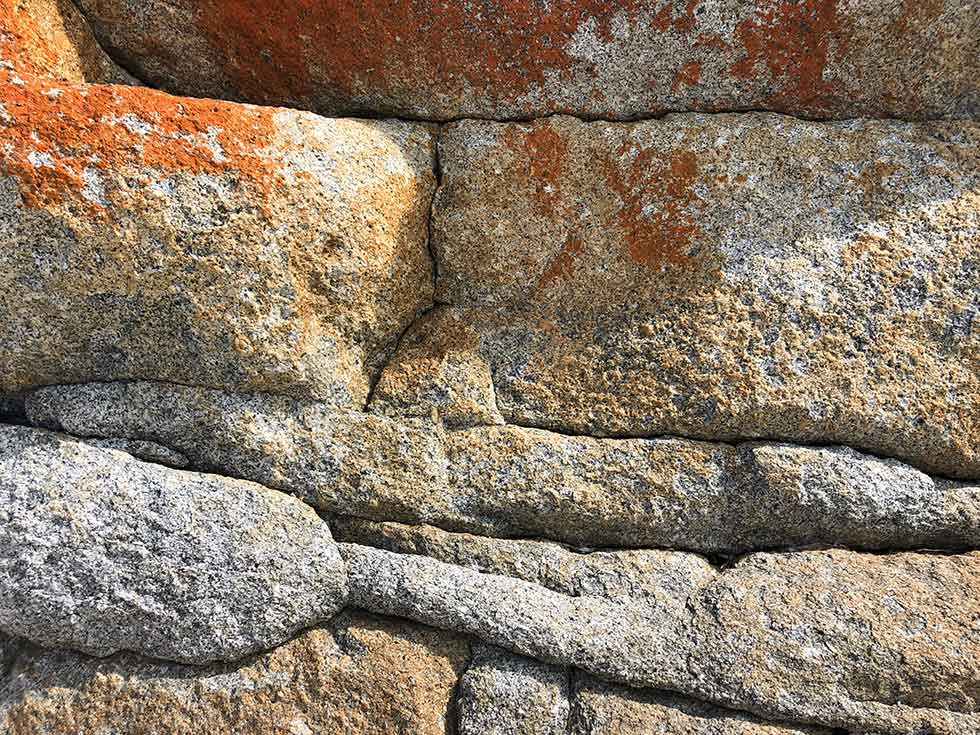Sandy beaches form a major part of the Flinders Island landscape and comprise about 50% of the 235 kilometre long coastline.
The beaches have been formed by the recycling of older sand deposits since the establishment of ocean currents after the last sea level rise about 8,000 years ago.
Two types of sands
The sand on the beaches is a mixture of quartz rich and carbonate rich sands.
The quartz rich sand is mostly derived from the weathering of granite, exposed on the Island.
The carbonate sand is composed largely of the skeletal remains of foraminifera (forams), bryozoan and molluscs that were deposited as the sea level rose on the ancient Bassian Plain to the west.
Beachmaking
Today, the modern ocean currents erode ancient sea floor deposits and the sand is transported and redeposited forming new beaches along the coastline.
Strong east-directed currents from the ancient Bassian Plain transport sands which form carbonate rich beaches on the southwestern corner of Flinders Island, near Trousers Point.
In contrast, the beaches on the northwest shorelines (such as here at Allports Beach) and eastern coasts are dominantly quartz rich.
They are derived from the recycling of quartz sand accumulations.
These were deposited adjacent to the Flinders Island landmass prior to sea level rise. To the north and south of Flinders Island, in regions with very strong tidal currents, submarine dune fields have developed on the sea floor, with individual dune crests up to 12m high.
